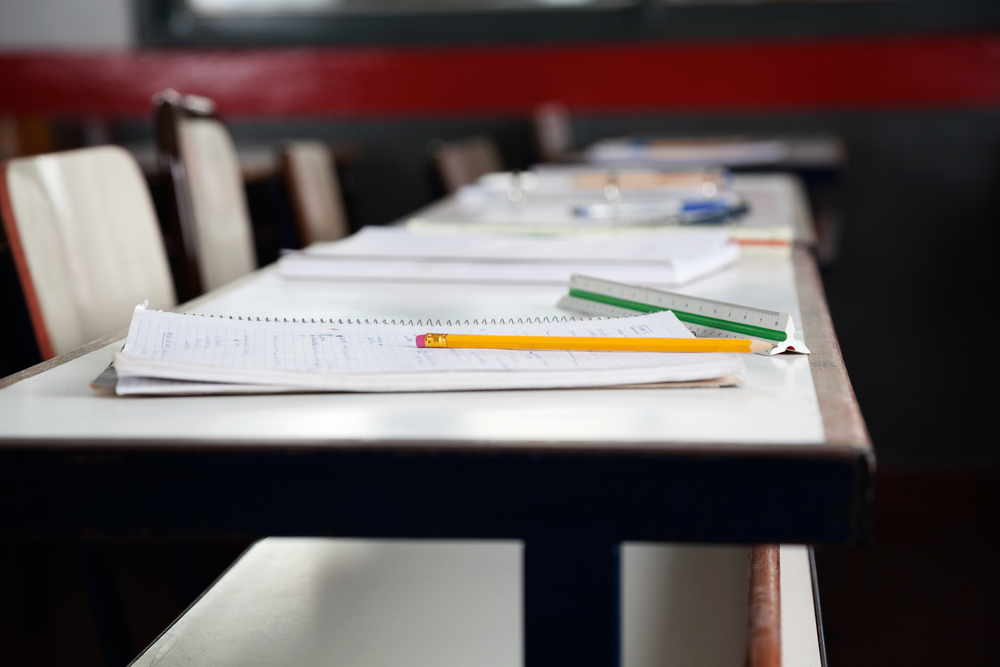
The Maryland Department of Education is introducing a new star-based rating system today that allows parents, teachers, and students a way to find out how their school is performing. Each school will receive a star rating—one being the lowest, maximum five stars—based on academic achievement on the Partnership for Assessment of Readiness for College and Careers (PARCC test), absenteeism rates, graduate percentage, and a well-rounded curriculum.
The new rating system allows the public to compare schools across districts around the state. Next year, the ratings will include results of a survey given to students and educators asking how they view their school.
“This new Maryland report card, in my opinion, is the first time we’ve had such a complete picture of system performance so that educators and parents really have something to view that’s transparent and easy to understand,” said Karen Salmon, state superintendent of schools. “It also looks at areas that we should be looking at, like chronic absenteeism, preparation for postsecondary success, access to a well-rounded curriculum and also graduation rate for the high school— it’s very good to be very comprehensive.”
The information will also more organized than its current format. Everything will be presented on one page that allows parents and educators to see not only how many stars a school has earned, but other data that went into the rating, including the number of points the school earned for each factor and its percentile ranking compared to other schools in the category. The total earned points percent, or the total number of points earned by the school across the measures, divided by the total possible points, is also included.
The star ratings were required by the Every Student Succeeds Act (ESSA), which replaced the No Child Left Behind Act in 2015. This new system, approved by the Maryland State Board of Education last June, will be more nuanced and will judge schools based on more than just test scores and graduation requirements.
This new report card is also going to help school districts better identify their lowest-performing schools—those in the bottom five percent. School administrators will work with the state to develop improvement plans, and some federal funds will be available to help make changes at those schools.
“We will be providing additional funding and also additional support to do professional development,” Salmon said. “So those schools will get additional assistance and resources towards those particular schools. That’ll be a team effort.”